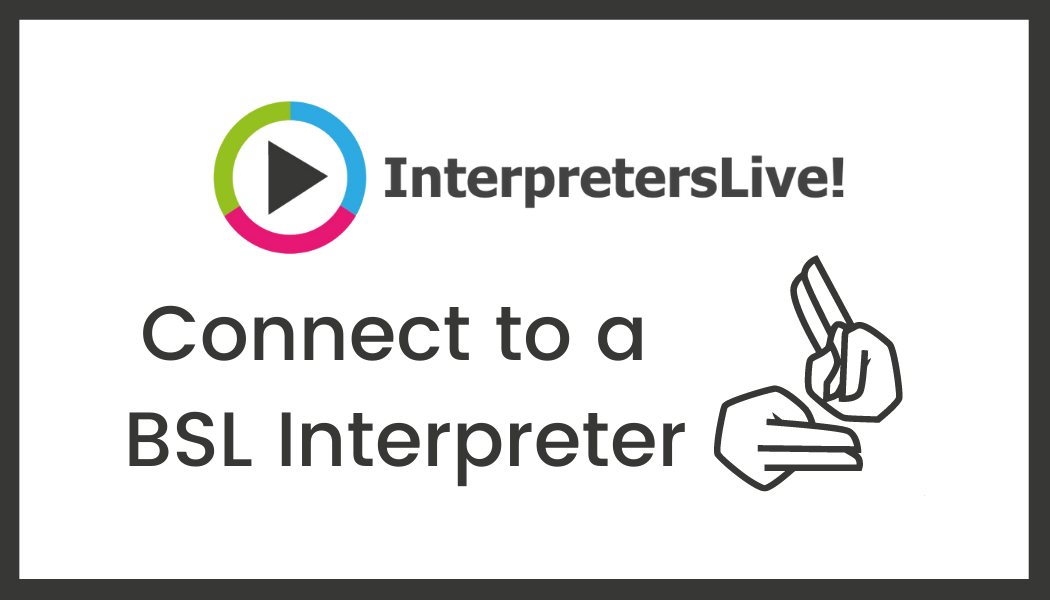
Designing the perfect diverse workforce doesn’t start and end with choosing the right candidate for each role. Ensuring each employee can achieve their full potential means creating a long-term development plan which aligns your new staff with your company culture and goals and the results you want to achieve.
The correct development plan doesn’t just prepare your candidates for success when you first integrate them into your team. It also ensures they can continue to thrive for as long as they work at your organisation. With the right plan of action, employers and managers can use the process of “onboarding” to enhance their company culture, inspire teams, and support their needs.
So, what exactly should your development strategy entail? Here’s what you need to know about building the perfect development plan for your diverse staff members.
Employee Orientation vs. Employee Onboarding
First, it’s worth defining what onboarding actually is. Many people still use the terms “onboarding” and “employee orientation” interchangeably. However, orientation and onboarding are two very separate concepts.
Employee orientation is a one-time event, focused on embedding new hires into your company. During this process, human resources personnel and leadership professionals formerly introduce employees to the organisation. They may take them on a tour of a physical office, or deliver information virtually through videos and presentations.
The idea behind employee orientation is to get your staff members prepared for their new roles. Employee onboarding is a more long-term concept. Onboarding encompasses the entire employee journey, starting from the moment they meet their colleagues, all the way up to the point where they are fully performing.
Used correctly, this process not only strengthens your sports employer brand and employee engagement, but also paves the way for a more successful, productive, and efficient team. It helps to acclimatise staff to the company culture, set expectations, and keep team members aligned with the vision, mission, and goals of the business.
How to Design an Onboarding Plan
Studies show an effective onboarding strategy and employee development plan have a significant impact on the success of any company’s team. Organisations with the right onboarding and induction programs achieve 50% higher new hire retention.
While there’s no one-size-fits-all strategy for onboarding, there are some steps you can use to improve your chances of the right results for your diverse team.
1. Choose a Strategy for Onboarding
First, it’s worth considering how you’re going to deliver your onboarding experience to candidates. Traditionally, onboarding took place within the office environment, consisting of regular face-to-face meetings, training opportunities, and induction processes. Since the shift to hybrid and remote work, around 1 in 7 working adults in the UK according to the ONS are currently working from home. In the US this figure is higher at 1 in 4 and in Australia, this figure hit 40% according to the ABS.Gov website.
As a result, more sports companies are beginning to implement new virtual and hybrid onboarding efforts. While some meetings and interactions may continue to take place in-office, others may be delivered via video conferencing and online software. The key to success is figuring out which parts of your onboarding strategy require in-person interaction.
Consider asking your new hires which parts of the onboarding journey they may want to tackle in person, and which they’d prefer to do virtually, or in their own time.
2. Assign Each Staff Member an Onboarding Buddy
Because onboarding is a long-term development strategy for each employee, it requires staff members to have someone they can turn to whenever they want to discuss their goals, explore training options, or ask questions.
An onboarding buddy is someone your employee can turn to whenever they need assistance getting the most out of their role. This could be a supervisor or manager, or simply someone with authority and history in the business. You could even consider introducing group learns together and using a mentorship campaign for new hires which helps share experiences, struggles and relatability within a team. At the same time, it creates an inclusive environment and culture.
Encourage regular communication between your new hire and their onboarding buddy, so they can develop a more transparent, authentic relationship. Some companies even use informal coffee chats and video calls between staff members and their “mentors” to help further integrate new hires into the company culture and track their progress.
3. Prioritise Regular, Transparent Communication
For a sports company development plan to be successful, every member of the team needs to feel as though they have a voice. Scheduling regular meetings between individual employees and managers where they can discuss progress, challenges, and opportunities is key.
Team members should be able to contribute to their own development, by suggesting areas where they feel like they need to improve, and requesting training opportunities where necessary. They should also feel comfortable reaching out to business leaders when they’re struggling with their workload, experiencing burnout, or feeling disconnected from the business vision or any EDI policies.
Regular and transparent communication will also ensure business leaders can consistently set expectations for team members, based on the values and mission of the company. Make sure each employee knows how their performance will be evaluated, and what kind of qualities they need to demonstrate in their day-to-day work.
4. Set and Regularly Update Goals
Up to 33% of employees quit within their first 6 months with a new company, and 86% of respondents in one survey said they would still switch jobs if it meant damaging their CV/Resume. Following the effects of the Great Resignation, business leaders need to be extra sensitive to the engagement and satisfaction levels of their staff members.
This means providing every team member with a clear vision of the future they have in the business and helping them to set and achieve their career goals. During regular meetings with each employee, sports business leaders should encourage staff to discuss their strengths and weaknesses and share insights on how they can grow moving forward.
As an employee’s position within the business continues to evolve, the individual or team responsible for their onboarding process should work with them to expand and update their goals. This will ensure staff feels as though they’re consistently moving in the right direction.
Invest in Employee Development
While using a EDI talent acquisition company to find the ideal employee for your team is an excellent way to improve your chances of hiring success, it’s important to remember that developing and empowering your employees is a long-term process.
Creating a plan for consistent employee development through consistent and engaging onboarding will ensure you can retain your top diverse talent for longer, and achieve the best results from every member of your team.
Your partner in action
The future of sport is driven by difference. Here at level=, it’s our mission to help every sports organisation, regardless of size or scope, bring diversity and inclusion to their leadership and broader teams.
Whether you are building greater equity within your organisation or looking to take the next step in your career in sport, our team is committed to working with you to offer the skills, services and access to a globally diverse and level field of possibility.
Connect with us on 020 8392 9959 or email hello@levelequals.com.




